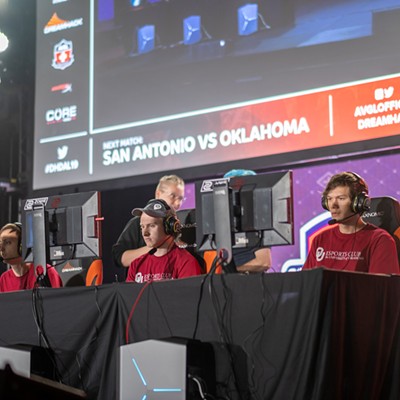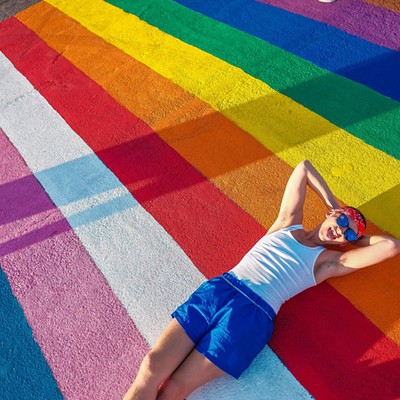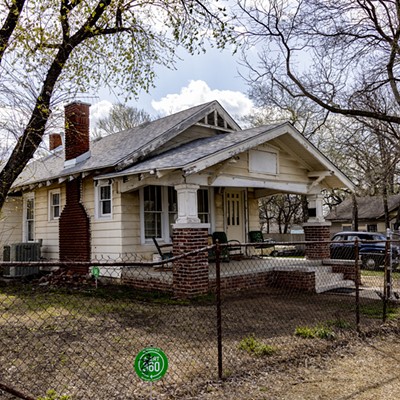Everyone loves The Pointer Sisters.
Gay, straight, Republican, Democrat, Christian, atheist — no one is immune to the trio’s intoxicatingly upbeat pop/R&B stylings. OKC Pride is banking on the diverse drawing power of the sibling act, as well as comedian Ant, to bring swarms of Oklahomans across the sociopolitical spectrum to the gay district for its annual celebration of the LGBT community.
Motivation for a massive, weekend block party was stoked this year due to a special project to be funded by the proceeds, according to John Gibbons, OKC Pride vice president.
“The Friday night concert is free, but we will have a $10 suggested donation, and all that money goes to acquire a piece of land on this strip for a gay and lesbian health clinic,” Gibbons said, noting that donors will receive a wristband worth $1 off every beer, plus discounts on food throughout the N.W. 39th Street strip.
Bringing an element of social consciousness to the fun is part of the event’s mission, according to Kirk Martin, OKC Pride president. This is the 24th year for the festival, which is a part of national Gay and Lesbian Pride Month. Martin noted each city’s festivities have a unique tone often influenced by the gay community’s needs.
“If it is more of a repressive environment, it is more of a march and a protest, a statement for human rights,” he said. “Where there is more acceptance, it tends to take on more of a flavor of a celebration of diversity. In Oklahoma City, it’s a blend of the two. You can ask 15 people and get 15 different answers.”
Gibbons noted that, unlike past years, all the OKC Pride events this weekend will be based on N.W. 39th Street just west of Pennsylvania Avenue, although the 6 p.m. Sunday parade will take the traditional route starting at N.W. 36th Street and Classen Blvd., and march into the gay district. Record crowds are estimated at 15,000 to 20,000 people, which may create a parking issue.
“It’s going to be a nightmare. If you’ve been to an OU football game, that’s what you can expect. Park where you can find parking spaces,” Martin said, noting such growth is important for an event that is considered a holiday among the LGBT community.
“If you are from a small town in Oklahoma, you may not feel safe marching down your streets, so you can come to Oklahoma City, where it’s a celebration,” he said. “With the visibility of our organization combined with social media and there being more gay characters represented on television, young people know they aren’t alone. There may still be bullying, they may feel alone in their school or in their town, but that’s one thing about Pride in Oklahoma City: We attract people from all over the state.”
Letting the community at large participate in the celebration helps stem that isolation, Gibbons added, because as the straight population views gays and lesbians more as neighbors and coworkers than an unapproachable minority, the safer it will become.
“In Oklahoma, change is slow, but it is coming, and I see it every single day in the operation of The Boom, where 40 percent of our crowd is straight on any given night,” Gibbons said. “I see young, gay people going to Bricktown where they can hold hands, and the chances of them getting hurt or harassed, although they are still there, is nothing like it was when I was 22. You just didn’t do that or you’d get your head kicked in.
“The world is different. We are safer and, over time, that change will be significant.”










